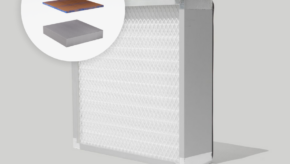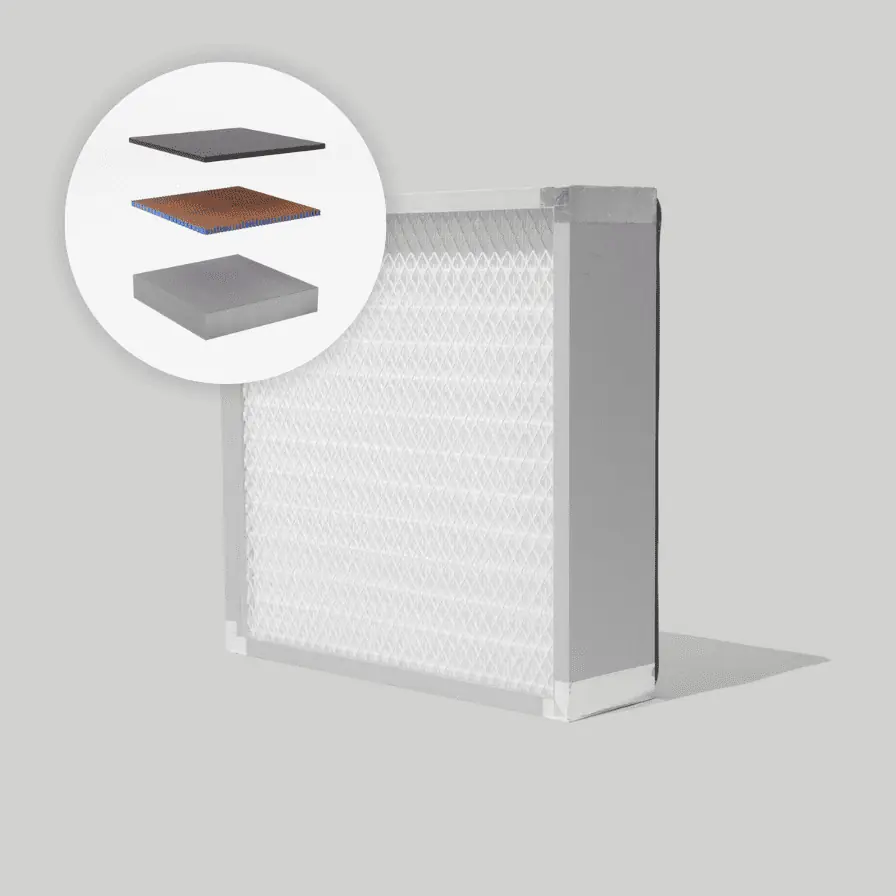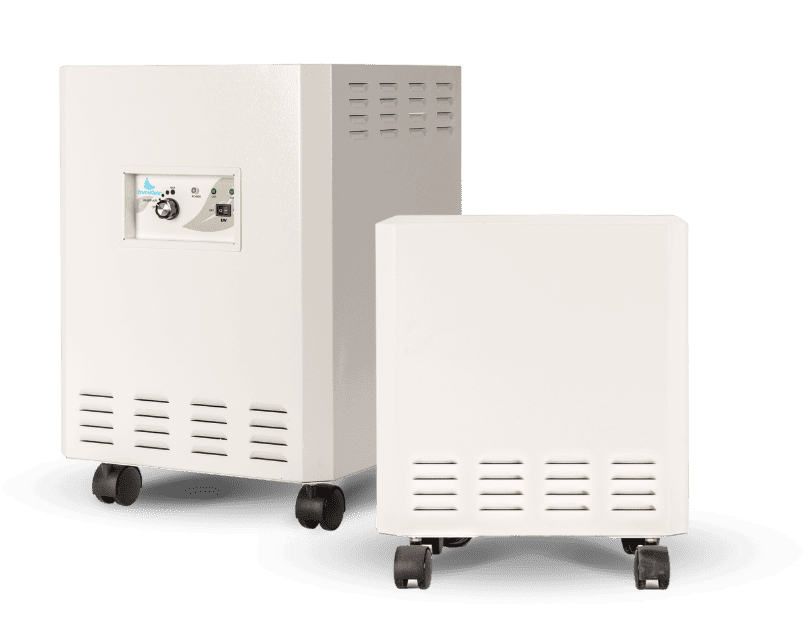If you ever walk into a flooring store, you will be confronted with a vast amount of different flooring that you can select from to place inside your home. Flooring ranges in price, style, materials, and even colors to appeal to anyone’s wishes and desires that they look for in flooring. Some of the most popular types of flooring includes laminate, hardwood flooring, vinyl, ceramic, linoleum, carpeting, and a popular selection for many people engineered wood.
Engineered wood is a type of wood flooring that uses a thin veneer of real wood or bamboo that is sealed or glued on top of structural plywood or composite wood. This is an appealing choice for many people looking for flooring as it appears as a hardwood but for a fraction of the cost. The engineered wood contains a mix of different chemicals that are utilized during the manufacturing of the engineered wood material. The way that engineered wood is constructed, with the use of resins to bind the different wood layers together, these resins contain chemicals such as formaldehyde and isocyanates that are keen to off gassing when introduced into an indoor environment.
What is Formaldehyde?
Formaldehyde is identified as a colorless, strong-smelling gas that is used in many household items such as building materials and composite, pressed-woods. This chemical is also found in particleboard, plywood and fiberboard; glues and adhesives; permanent-press fabrics; and certain insulation materials. When formaldehyde enters into an indoor environment through one of the sources listed above, the chemical is quickly broken down into a gas in room temperature and disperses into the air rapidly. This can be problematic when this process occurs in an environment where individuals are present and exposed to this potentially toxic chemical.
Is Engineered Hardwood Bad for Your Health?
The composition of engineered wood and the chemicals used to manufacturer this flooring has led to worries that this material can be potentially bad for an individual’s health that is exposed to the flooring. Engineered wood has similar health effects to the known hazardous flooring material, laminate flooring. Both of these floorings use composite wood and resins to bind the composite wood together – and these materials are known culprits of chemicals such as formaldehyde.
The symptoms that engineered hardwood can elicit in a human who has been exposed to the formaldehyde chemical includes the following symptoms:
✓ Watery eyes
✓ Burning sensations of the eyes, nose, and throat
✓ Coughing
✓ Wheezing
✓ Nausea
✓ Skin irritation
✓ And allergic reactions
Air Purifier for Removing Formaldehyde from the Air
During the installation of engineered wood and after the installation process has concluded, the concentration of formaldehyde inside the indoor environment will most likely be at a heightened state. After engineered wood floors are laid down and installed, and 72 hours after this takes place, there will be a drastic spike in the release of chemicals from the flooring materials. What causes this spike in chemicals in the air is the off gassing of the material inside the indoor environment, as the materials regulate to room temperature and eventually turn the chemicals into a gaseous state that travels into the air of the indoor space.
In preparation of this chemical spike after engineered wood flooring is installed, or to remedy the chemical odors after installation, an air purifier can be used to combat the chemicals and chemical odors in the air from the formaldehyde and other chemicals used in the engineered wood.
The EnviroKlenz Air Purifier is an efficient air purifier that is able to completely eradicate and break down/neutralize the chemicals and their odors from the air, rather than storing these contaminants on a filter that can potentially re-release into the air over time. EnviroKlenz utilizes a patented earth mineral technology that is capable and proficient in capturing and eliminating a broad spectrum of chemicals and chemical odors from the air including formaldehyde.
Below is a test conducted to show the efficiency of different air purifiers in removing the VOC formaldehyde from the air.
Air Purifier Comparison Testing Against Formaldehyde
In the study against formaldehyde, the IQAir was able to reduce the compound the fastest from the chamber due to having a much higher loading of media. The MoleKule did not have much impact on the formaldehyde in this study. The BlueAir HEPA media and bare carbon filter did show some physical absorption of formaldehyde, but physical absorption is very prone to releasing whatever it may have absorbed over time since there is no chemical interaction.
The EnviroKlenz Air Purifier does actively react with the formaldehyde through adsorption and polymerization on the oxide surface of the EnviroKlenz media.









